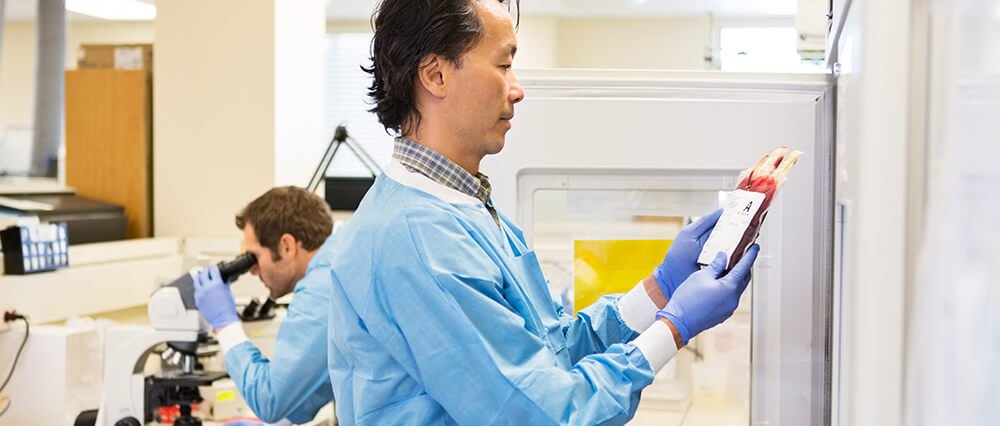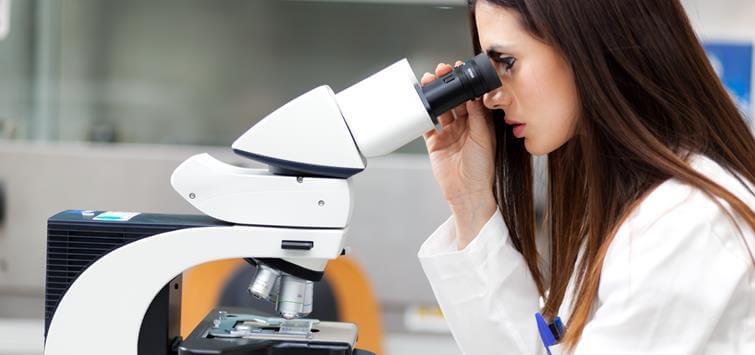Umbilical Cord Blood Banking: 3 Myths Debunked
Umbilical Cord Blood Banking Myths.
While umbilical cord blood awareness and banking is steadily increasing in the UK, there are still many misconceptions surrounding cord blood banking and umbilical cord tissue storage. Here we will take a look at 3 common misconceptions and debunk those cord blood myths.
Myth #1: I can’t store my baby’s umbilical cord blood if I have a caesarean section.
Caesarean births are completely compatible with cord blood banking. The process of collecting your baby’s umbilical cord blood is the same for both a caesarean birth and a “natural” birth and takes place after the delivery of the placenta.
Myth #2: I can donate my baby’s umbilical cord blood and retrieve the sample later if needed.
This is simply not the case and is a very good reason why it is incredibly important to be fully aware of the differences between banking your baby’s cord blood in a family bank or a public bank. Donated cord blood is done so anonymously and could be used for research or transplant, meaning that your baby’s cord blood sample may not even be available should they need it in the future. In the event that your baby does need a stem cell transplant in the future, doctors will search for a match within the family or find the best match on the register. If having ownership of your baby’s cord blood is important to you, you should enquire with a family bank.
Myth #3: There is no reason to bank my baby’s umbilical cord blood when public banks can provide a stem cell match.
Public banks are incredibly underserved; not everyone in need of a stem cell transplant can find a match. This is particularly true of ethnic minority and mixed heritage patients. Donating your baby’s cord blood to a public bank could ensure that someone else who is in need of a transplant can find a match. Storing your baby’s cord blood with a family bank guarantees a perfect stem cell match for your baby and increases the chances of a stem cell match for your baby’s relatives.





